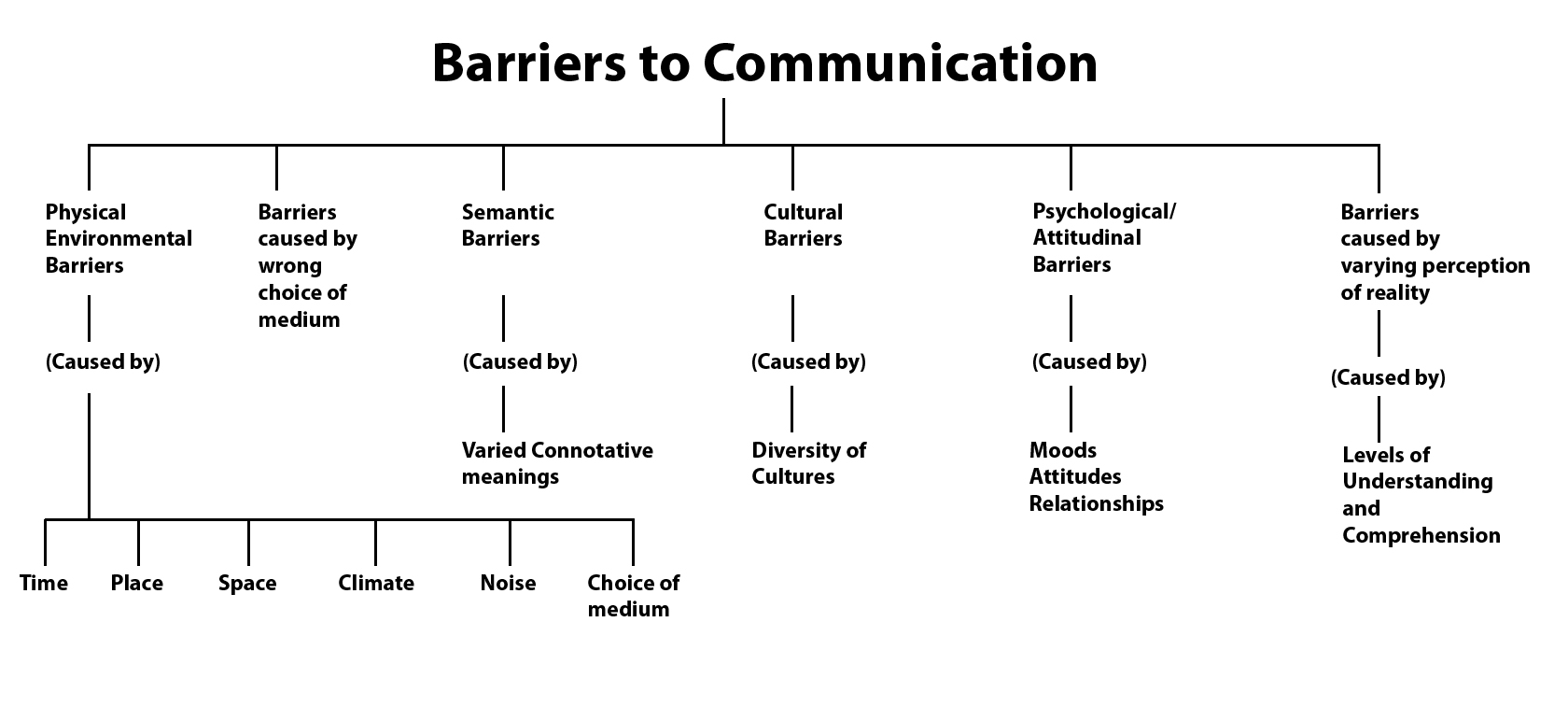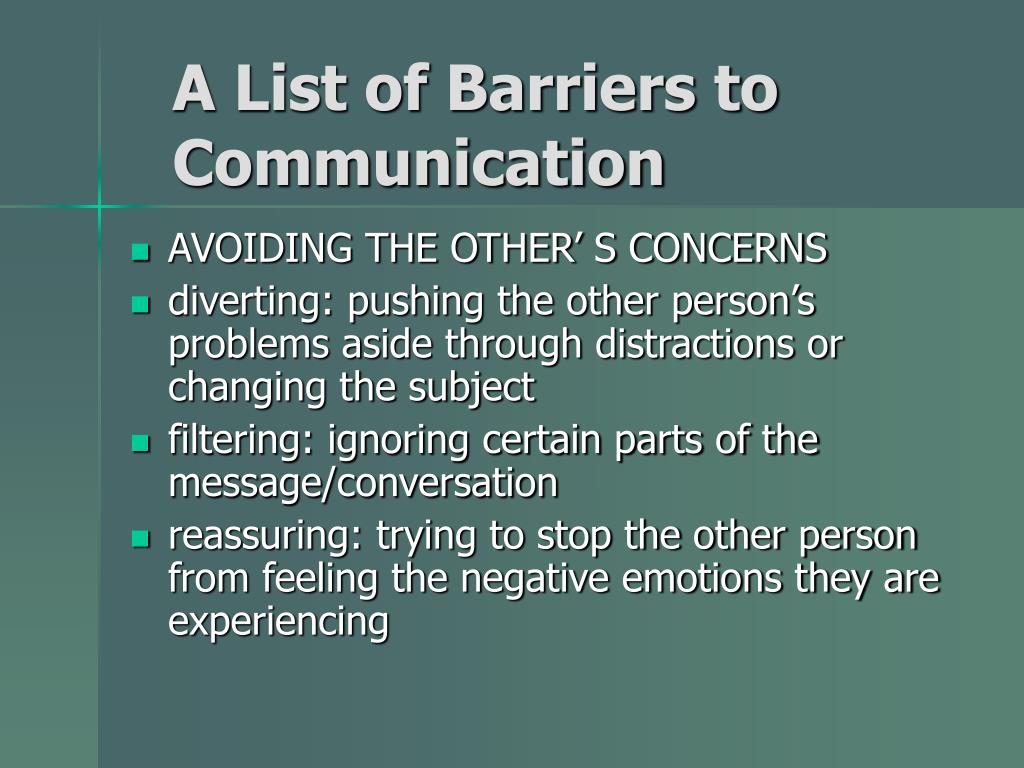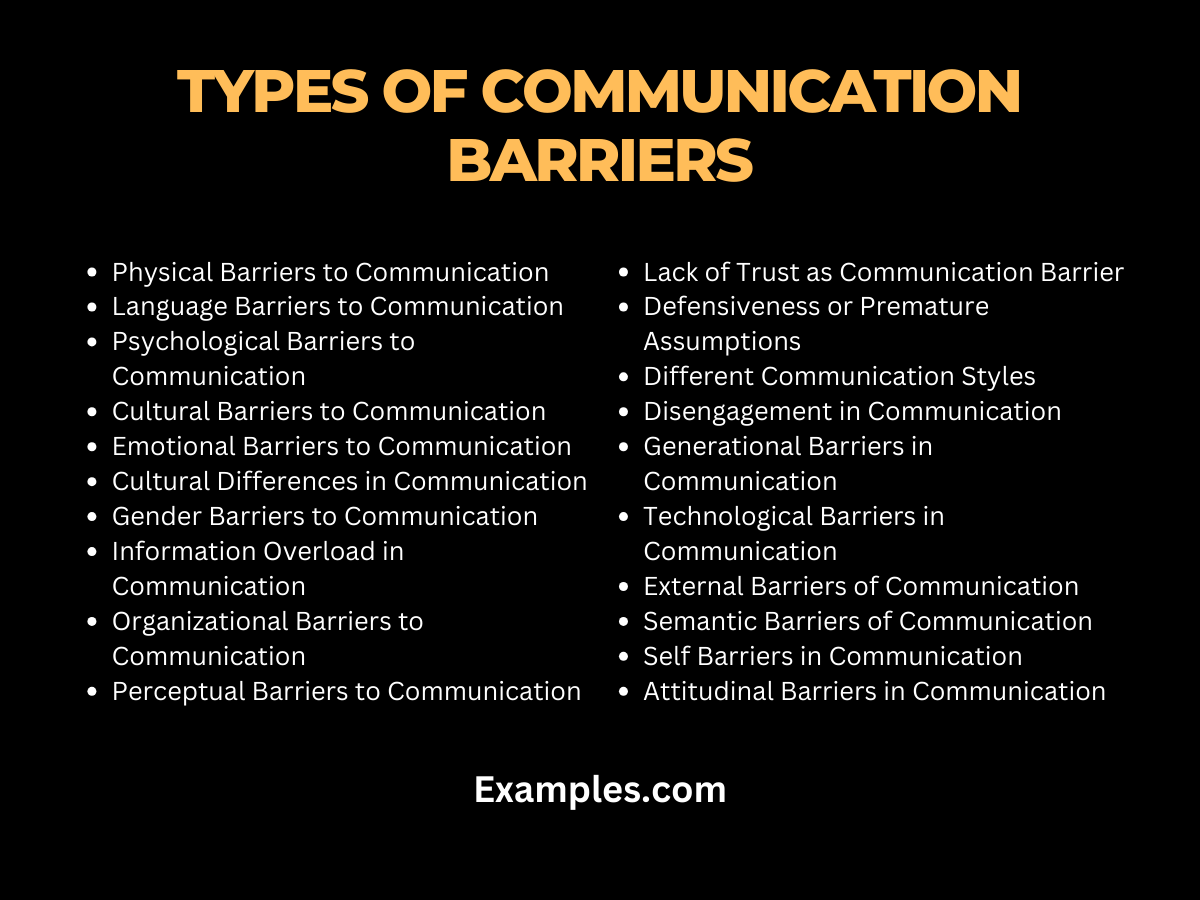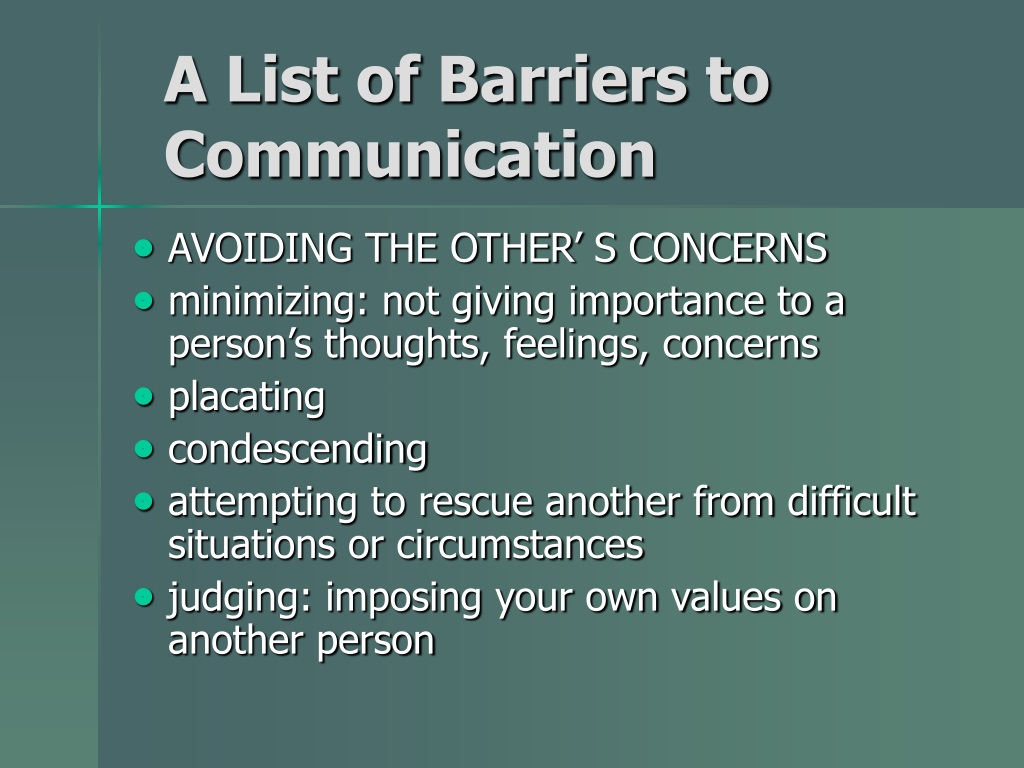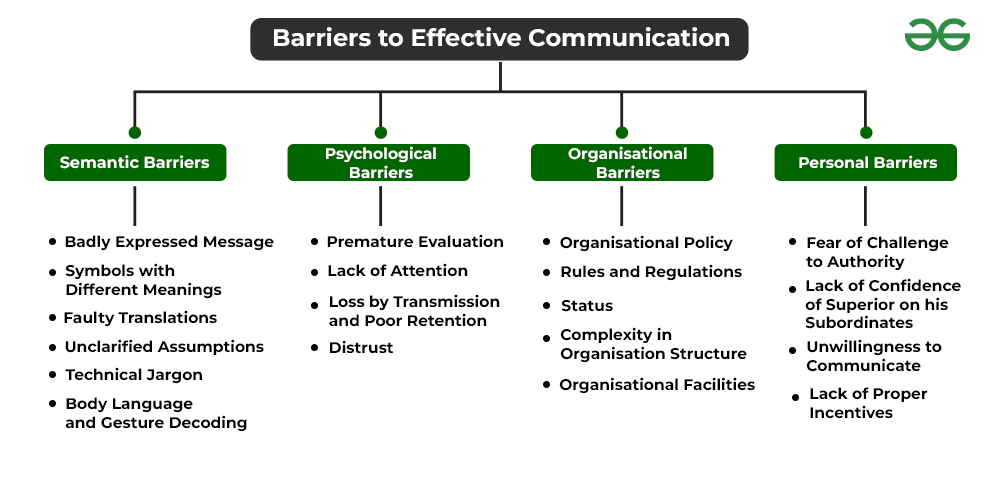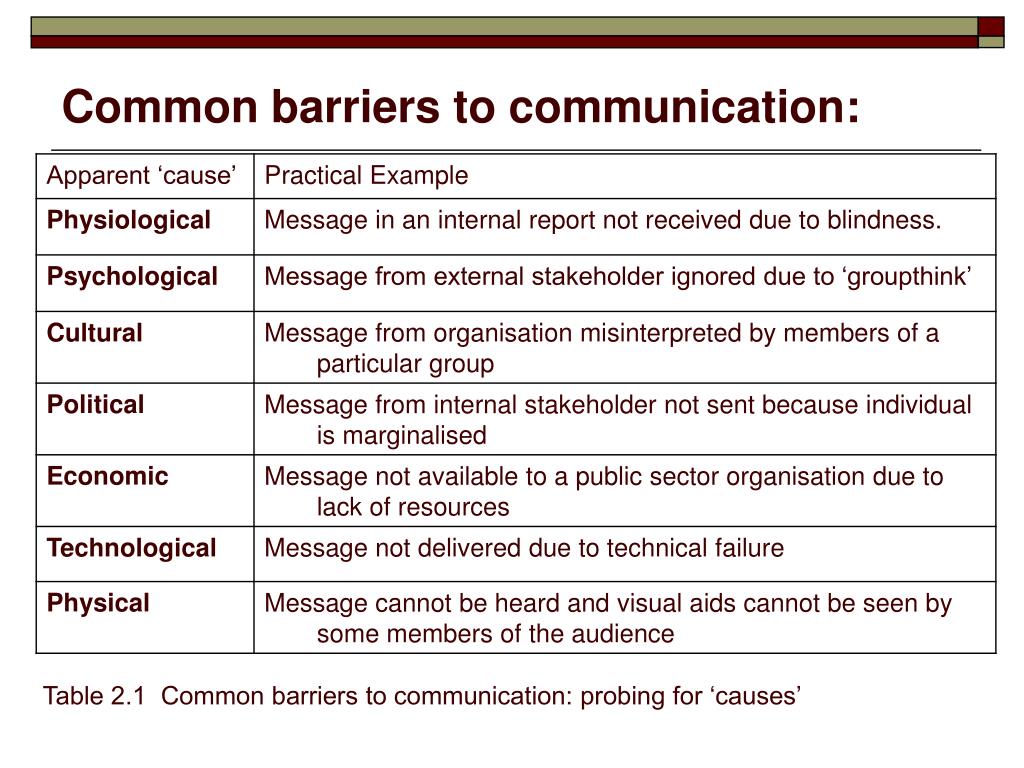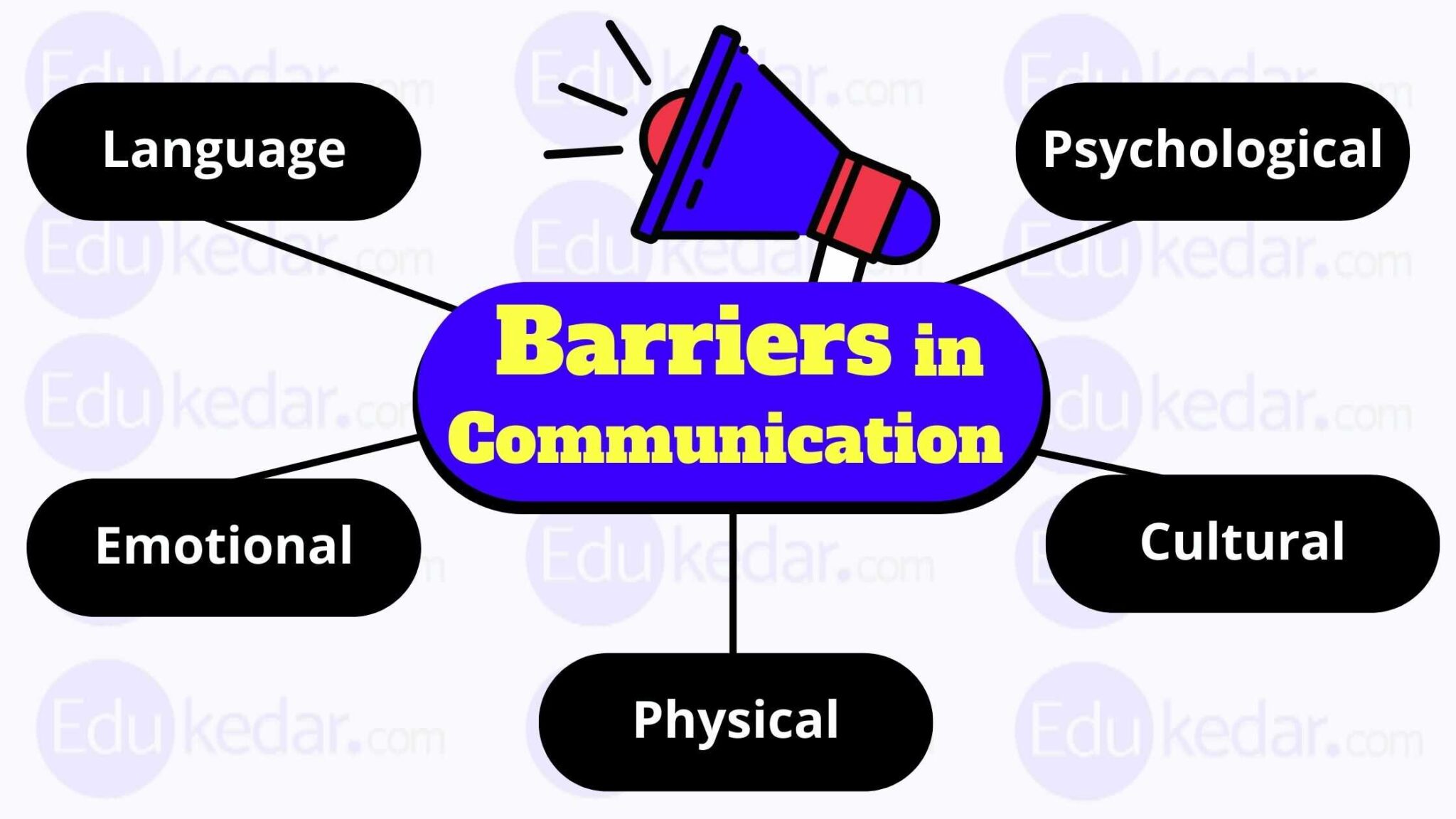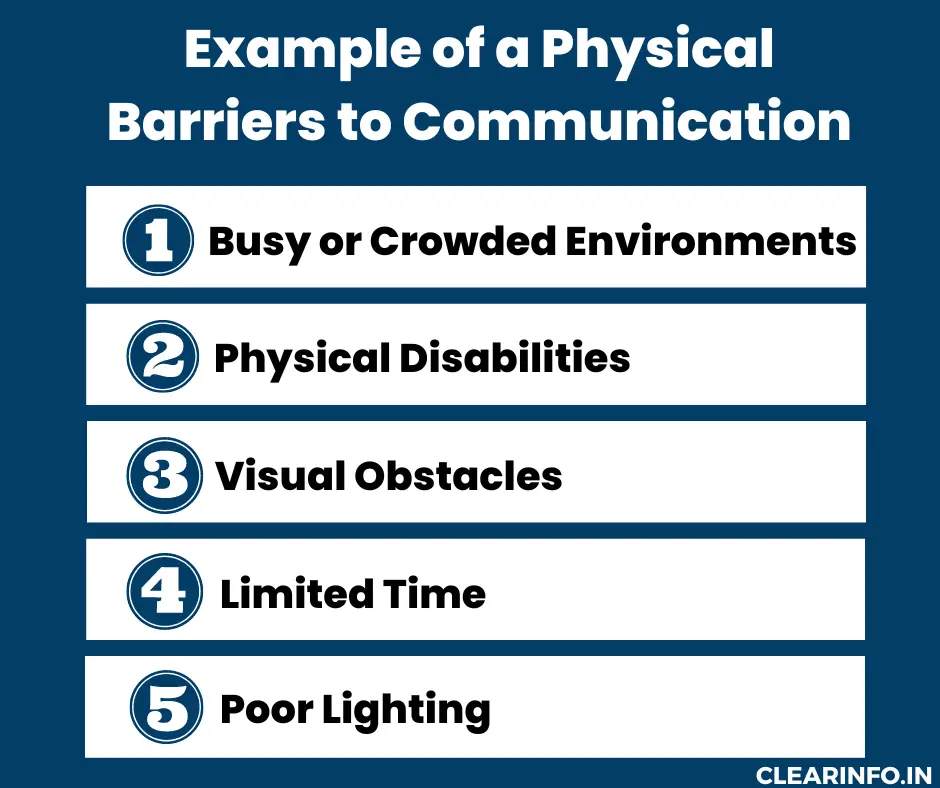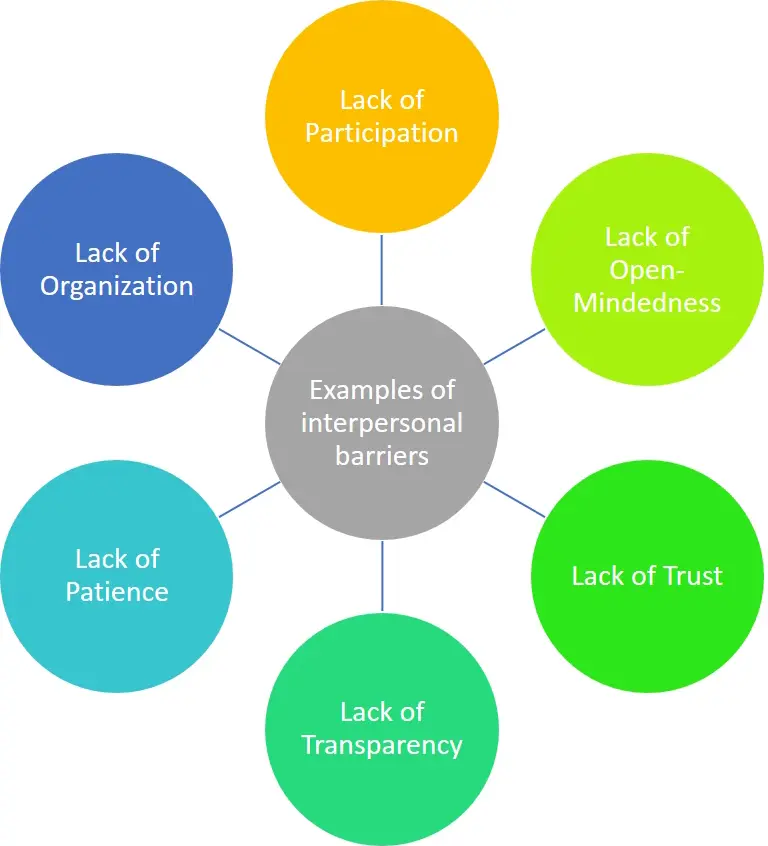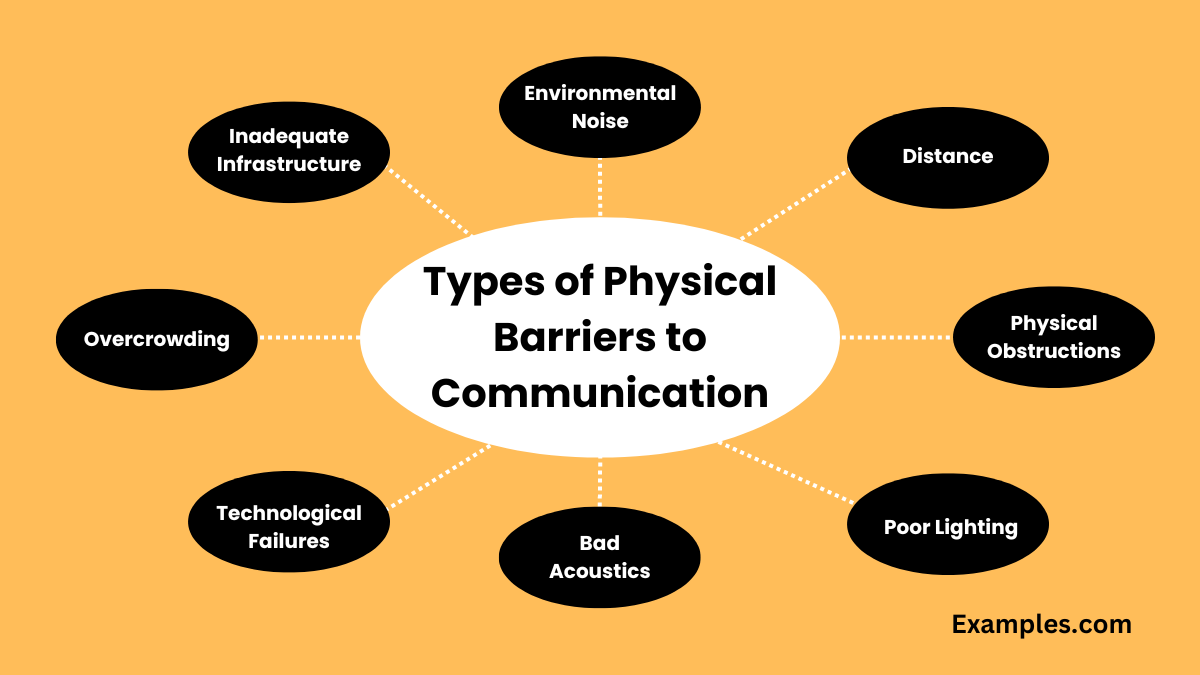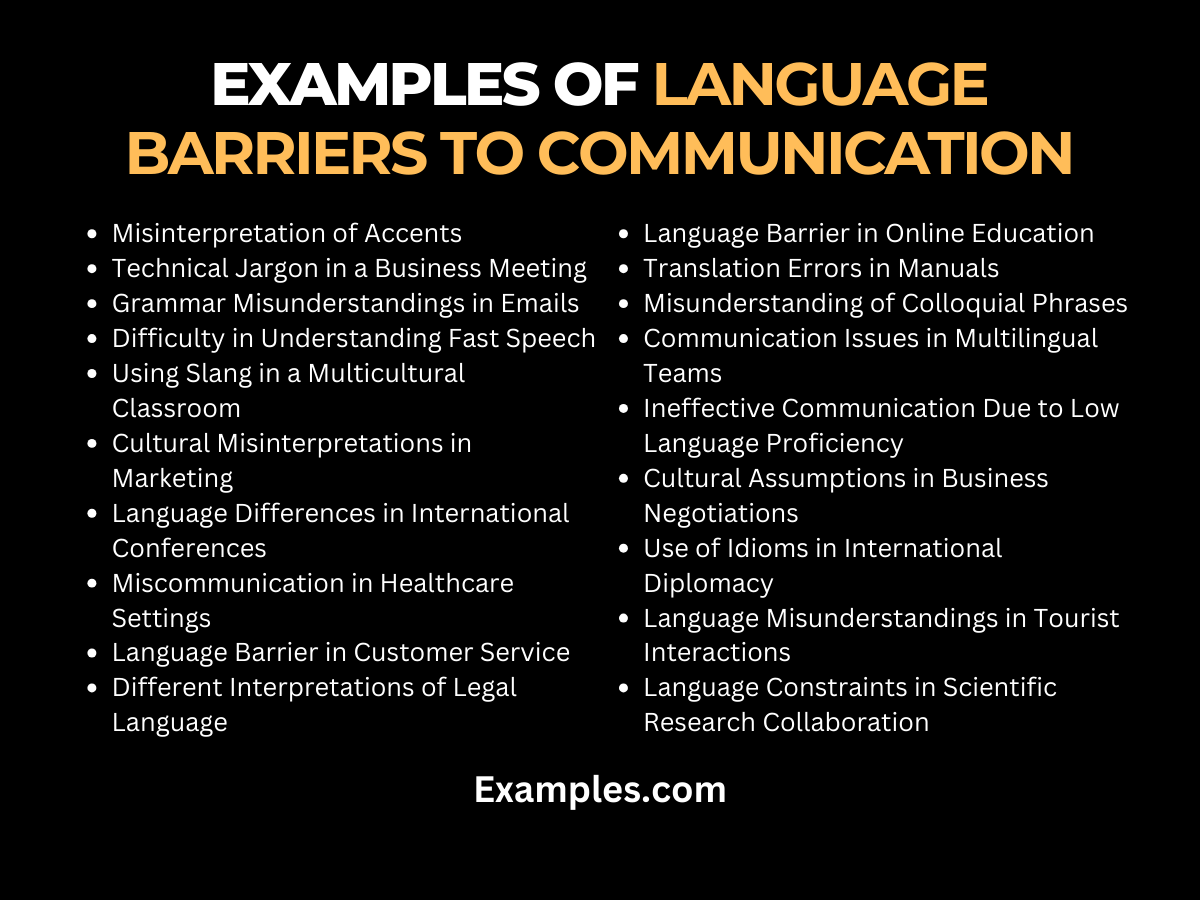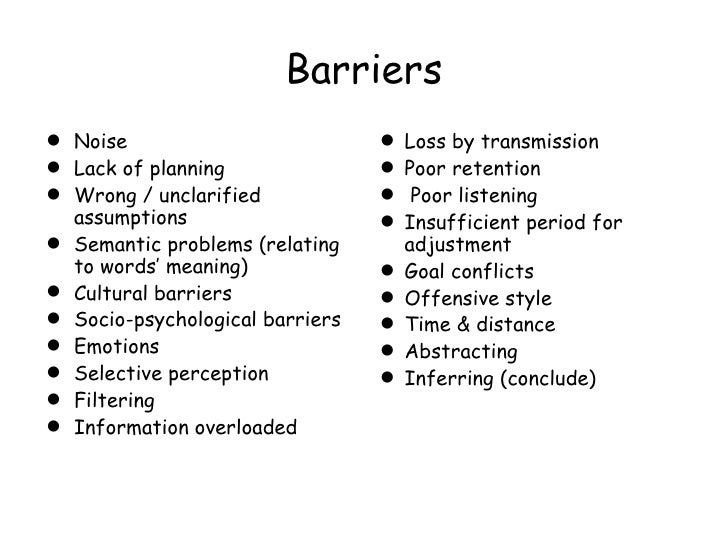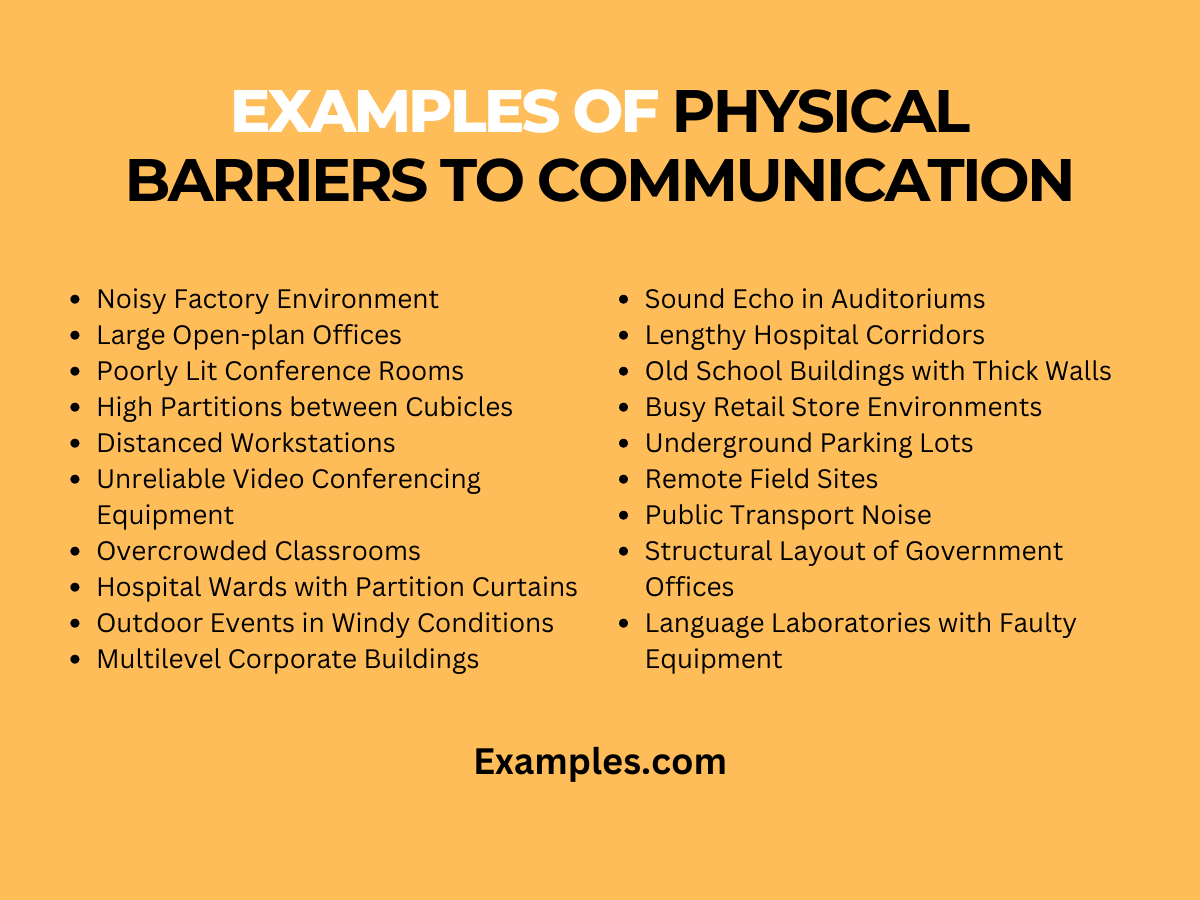List The Barriers To Communication
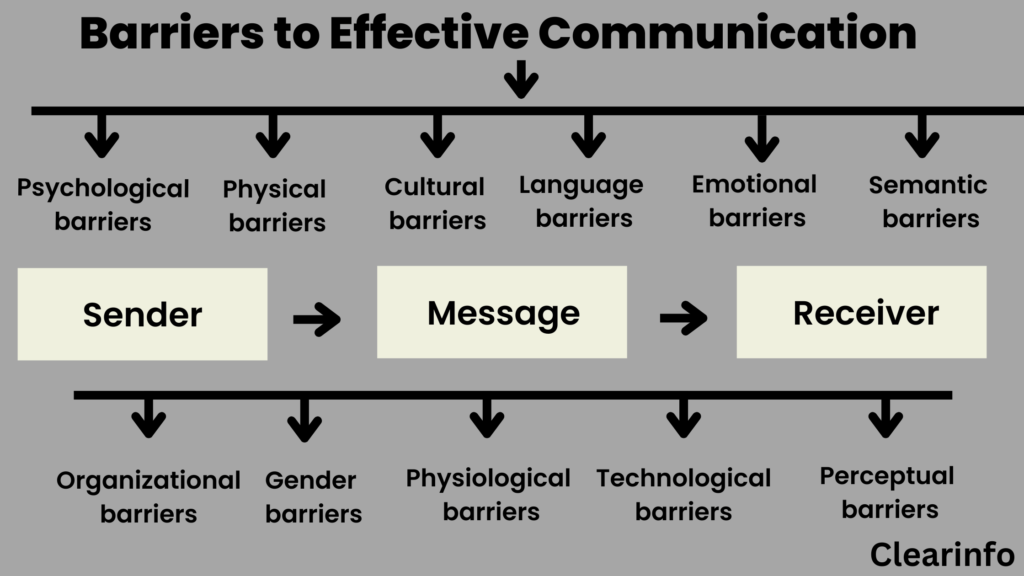
Communication breakdowns are costing businesses millions and straining personal relationships nationwide. Experts point to a complex web of obstacles hindering effective message delivery and reception.
Understanding these barriers is the first step toward fostering clearer, more productive dialogue. This article will explore the most significant hurdles impacting communication today.
Physical Barriers: The Tangible Obstacles
Physical barriers are perhaps the most obvious impediments. These include noise levels, geographic distance, and architectural design.
Poor lighting, uncomfortable temperatures, and outdated equipment all contribute. According to a 2023 study by the International Facility Management Association, 34% of employees report physical discomfort impacting their work, which invariably affects communication.
Remote work arrangements, while offering flexibility, introduce challenges. These challenges include reliance on technology susceptible to outages and security breaches.
Semantic Barriers: Lost in Translation
Semantic barriers arise from misunderstandings of language. Jargon, slang, and cultural differences create significant hurdles.
Ambiguous language can lead to misinterpretations. This can result in costly errors, especially in international business settings.
Consider the example of translating marketing materials. A direct translation might miss cultural nuances, resulting in unintended or offensive messaging, costing multinational companies upwards of $10 million annually, as reported by Global Translation Review.
Psychological Barriers: The Mind's Roadblocks
Psychological barriers are internal factors influencing communication. These are deeply rooted in individual perceptions and emotions.
Prejudice, biases, and stereotypes significantly distort messages. These can lead to misunderstandings and conflict.
Defensiveness, stemming from feelings of insecurity or being threatened, shuts down open dialogue. A recent survey by The American Psychological Association indicated that 67% of adults report feeling stressed or anxious about communication at least once a week.
Emotional Barriers: Riding the Rollercoaster
Emotional barriers, tied closely to psychological ones, impact the reception of messages. Moods and emotional states greatly alter the interpretation.
Anger, fear, and anxiety can cloud judgment and impede listening. Someone experiencing grief may struggle to process information accurately.
Conversely, excessive excitement or enthusiasm can lead to over-optimistic interpretations. This prevents the listener from grasping critical details.
Cultural Barriers: Navigating Diversity
Cultural barriers stem from differing norms and values across cultures. These impact communication styles, body language, and expectations.
Direct versus indirect communication styles can lead to misunderstandings. High-context cultures rely on implicit cues, while low-context cultures value explicit statements.
Nonverbal communication varies significantly across cultures. Gestures that are acceptable in one culture may be offensive in another, impacting global business negotiations in 40% of the time.
Organizational Barriers: The Hierarchy Hurdle
Organizational barriers are structural impediments within organizations. Rigid hierarchies and bureaucratic processes often hinder effective communication.
Information silos prevent departments from sharing crucial data. This leads to duplication of effort and missed opportunities, costing Fortune 500 companies around $31.5 billion annually according to Panopto.
Lack of clear communication channels creates confusion and delays. Employees may struggle to access necessary information or provide feedback.
Technological Barriers: The Digital Divide
Technological barriers arise from the use and misuse of technology. Reliance on digital communication can sometimes hinder genuine connection.
Information overload can overwhelm recipients. It can leading to crucial messages being missed or ignored, affecting the overall employee engagement by 26% according to a study.
Lack of digital literacy creates a divide. This divide exists between those comfortable with technology and those who struggle to navigate digital platforms.
Next Steps: Breaking Down the Walls
Addressing these communication barriers requires a multi-faceted approach. Individuals, organizations, and communities must prioritize clear, empathetic communication practices.
Further research is needed to explore the impact of artificial intelligence on communication. We must also develop strategies to mitigate potential biases and ensure equitable access to information.
Ongoing training and awareness programs are crucial. These programs help to foster a culture of understanding and respect.

